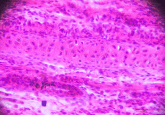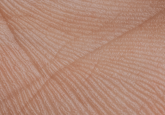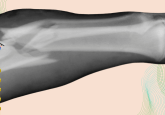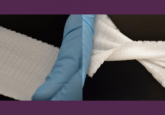Self-organizing cardioid spontaneously develops heart with hollow chambers
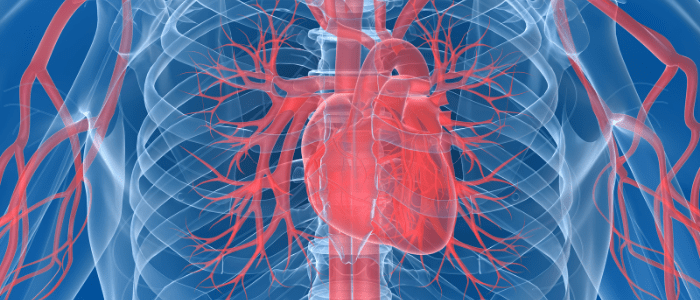
Scientists from the Austrian Academy of Sciences (Vienna, Austria) have for the first time developed a self-organizing heart organoid, known as a cardioid. Up until now, researchers have achieved the generation of cardioids through tissue engineering – a process that requires the use of scaffolds to direct the assembly of the desired organoid structure. However, scaffold-derived organoids have previously failed to accurately model cardiac diseases. The novel scaffold-free method, reported recently in the journal Cell, has allowed for the formation of the most realistic cardioids to date. "Tissue engineering is very useful for many things like, for example, if you...
